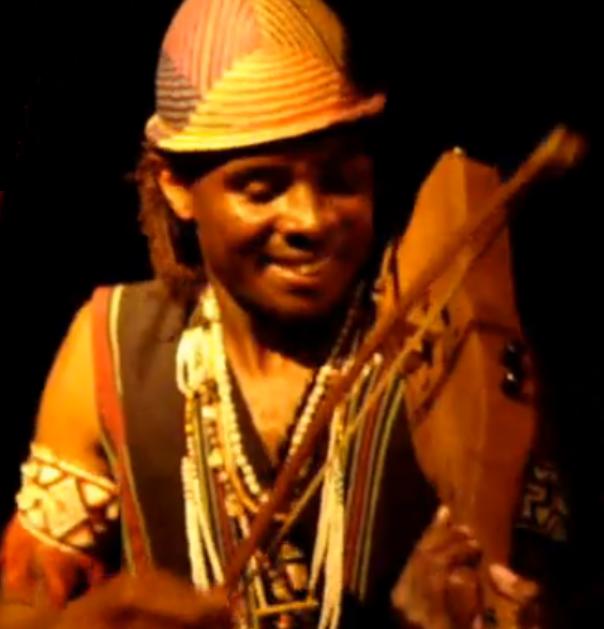Antandroy (Malagasy people)
Enlarge text Shrink text- Work cat.: 81-980046: Vorimana, G. Tantara sy fomban-drazana Antandroy, 1979.
- Murdoch world cult.
- Handbk. ethnog.
- Britannica.
The Tandroy also known as Ampatres in the 17th century are a traditionally nomadic ethnic group of Madagascar inhabiting the arid southern part of the island called Androy. In the 17th century however, the Tandroy emerged as a confederation of two groups ruled by the Zafimanara dynasty until flooding caused the kingdom to disband around 1790. The difficult terrain and climate of Tandroy protected and isolated the population, sparing them from subjugation by the Kingdom of Imerina in the 19th century; later, the French colonial authority also struggled to exert its influence over this population. Since independence the Tandroy have suffered prejudice and economic marginalization, prompting widespread migration and intermarriage with other ethnic groups, and leading them to play a key role in protests that sparked the end of President Philibert Tsiranana's administration in 1972. The Tandroy may also be called the Antandroy, but it is technically redundant: roy means thorn; the prefix an means place of; and the additional t means from. While the Tandroy share many common cultural features with other ethnic groups in Madagascar, such as respect for the ancestors, a common language and complex funeral rites, certain practices set them apart. They are particularly known for their distinctive dances, cotton woven clothing, elaborately decorated tombs, and unique use of plank architecture in the construction of their houses. Also unlike most Malagasy ethnic groups they rely more heavily on tubers, yams, millet and other crops that are less dependent on water for cultivation than the rice so prevalent elsewhere on the island. The herding of zebu remains the principal economic activity of the Tandroy, and their tombs are commonly decorated with numerous zebu skulls as an indication of wealth.
Read more on Wikipedia >
 Topic
Topic




